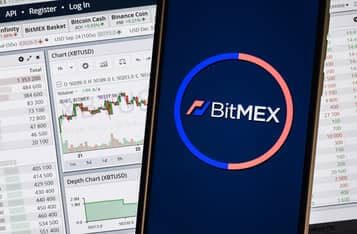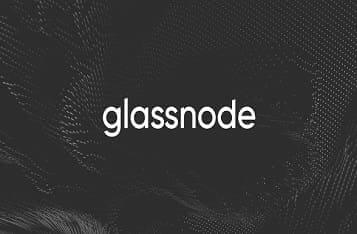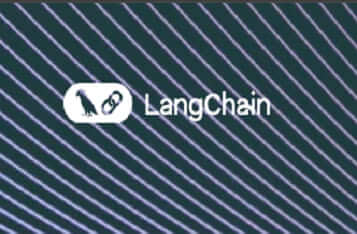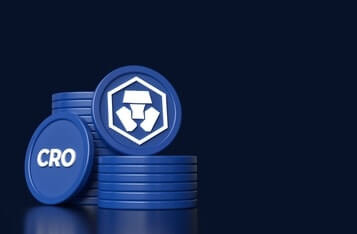Xternity migrates Solana multiplayer Web3 game for Polygon

Scalability enhancements are a part of Ethereum's layer 2 software. In order to transfer and onboard a multiplayer Web3 game called Synergy Land to the Polygon network, which was formerly hosted on Solana, Polygon collaborated with Xternity, a Web3 gaming development platform. Solana was the one who came up with the idea for Synergy Land in the first place. Previous hosts of the program known as Synergy Land included Solana as one of them.
When it comes to distributed ledger systems, the primary goals of Solana are scalability and the reduction of transaction costs, whereas the primary objective of Polygon is to promote interaction in a manner that is totally seamless with the Ethereum environment. Solana and Polygon are both working toward the same end.
Xternity developed a method that can be used in the process of converting games or projects from one blockchain to another in order to facilitate the smooth transfer of Synergy Land's resources onto the Ethereum Virtual Machine (EVM) chain. This was done in order to ease the transition of Synergy Land's resources. This was done to make the converting process more straightforward. Utilizing the tool for moving its network might be the first step in starting this procedure.
Users may transfer their assets by linking their Solana-compatible wallets, such as Phantom and MetaMask, removing their assets on Solana, and then recreating them on Polygon. This is the way that is recommended for users. All of this is a normal step in the migrating process. Phantom and MetaMask are two examples of wallets that are considered to be examples of this category.
The conversion of Synergy Land to Polygon is part of an effort that is being made to bring Web2 users into the Web3 ecosystem without negatively impacting the community that was previously maintained by the more sophisticated blockchain. In an attempt to integrate Web2 users into the Web3 ecosystem, this work is being carried out as part of that endeavor.
The majority of the time, Web3 projects that make the choice to switch to EVM do so because they are interested in the larger user base, more functionality, and enhanced credibility that the Ethereum blockchain offers.






